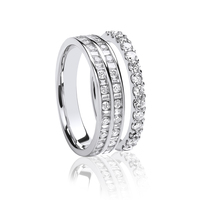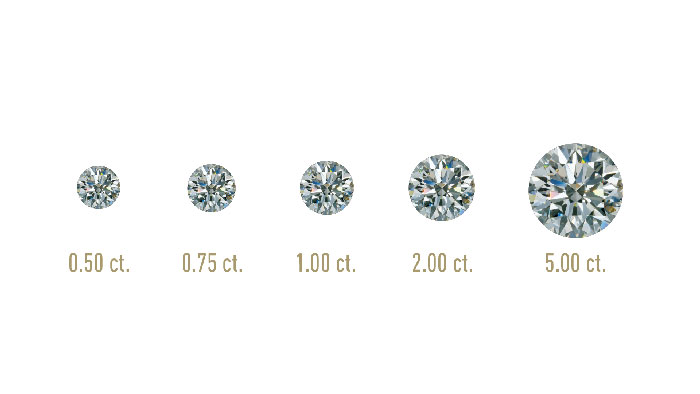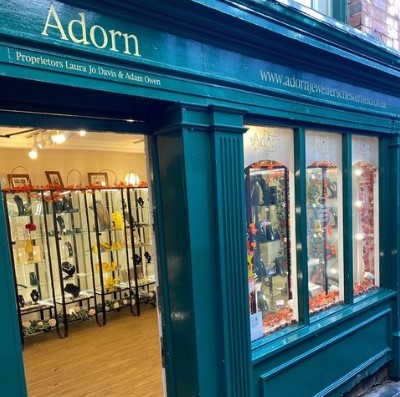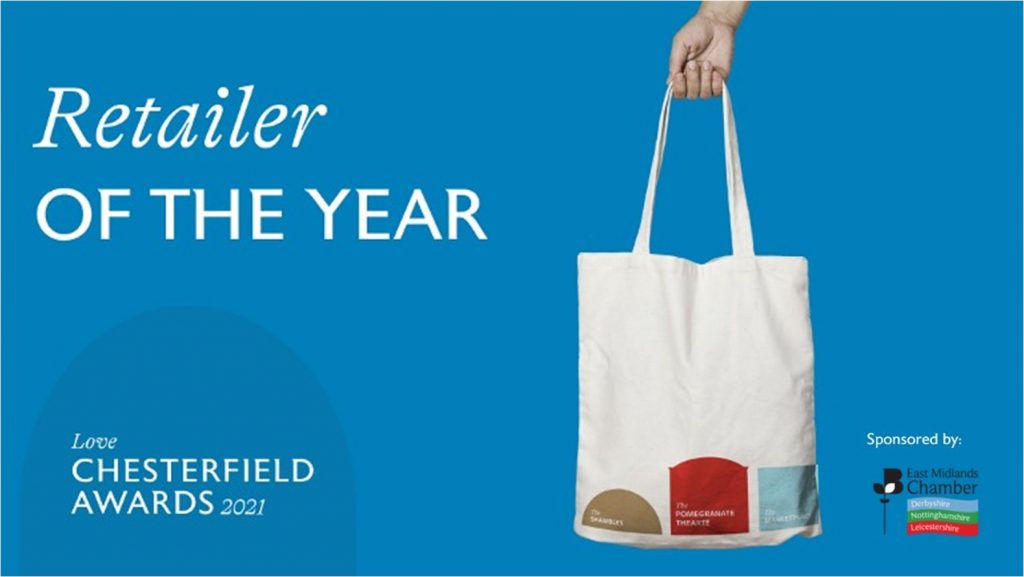When shopping for Diamonds you may hear the term ‘four C’s’ . These are Carat, Colour, Clarity and Cut. Here we’ll discover each of these and answer a few questions that we are often asked. If you have further questions we’re always happy to have a chat , we love to talk about jewellery.
Carat
Arguably the most well known of the four C’s , Carat is the weight or size of a diamond. Throughout our website Carat is denoted by ‘ct’ for example ‘1ct’ is one carat. One carat weighs 1/5 of a gram and is divided into 100 points, so a diamond weighing 1.07 ct. is referred to as “one carat and seven points.” The term ‘carat’ derives from the word ‘carob’ which is a seed that dries to a consistent weight and was used to measure the weight of precious gemstones.
When diamonds are mined, large gems are discovered much less frequently than small ones, which make large diamonds much more valuable.
Diamond prices rise exponentially with carat weight. So a 2-carat diamond of a given quality is always worth more than two 1-carat diamonds of the same quality. You may also hear some diamond weights referred to as ‘magic diamonds’ for example a half carat or carat. Visually there is very little difference between a 0.99 carat diamond and one that weighs a full carat but the price difference between the two can be significant. This is largely due to the fact that most people will prefer to have a full carat of diamond rather than almost a carat.
Colour
The colour scale for diamonds begins at D and ends with Z. We are often asked why the scale begins at D instead of A and this is due to the scale being universalised by the GIA (Gemological Institute of America). To avoid confusion with other colour scales in existence which used the terms A and AA very loosely, the creators of the GIA colour scale began at D. This colour scale is now universally used.
Although we talk about the colour of a diamond it’s actually the colourless diamonds which are worth more. Most diamonds of gem quality used in jewellery vary in shade from completely colorless down to a visible yellow or brown tint.
The rarest and most expensive are diamonds in the colorless range graded D,E and F on a scale that descends to Z. Diamonds in other shades such as orange, pink or blue are classified as “Fancy Coloured Diamonds”
Many of these diamond colour distinctions are so subtle that they are invisible to the untrained eye however these distinctions can make a very big difference in diamond quality and price.
The diamonds we offer at Adorn usually fall within the colour range of G-H. Some smaller accent diamonds may be slightly lower on the scale at an I. The diamonds in our Eternity Rings are an F/G. We can also offer diamonds with a certificate and can often source a particular colour or clarity if desired, please Contact Us for more information.
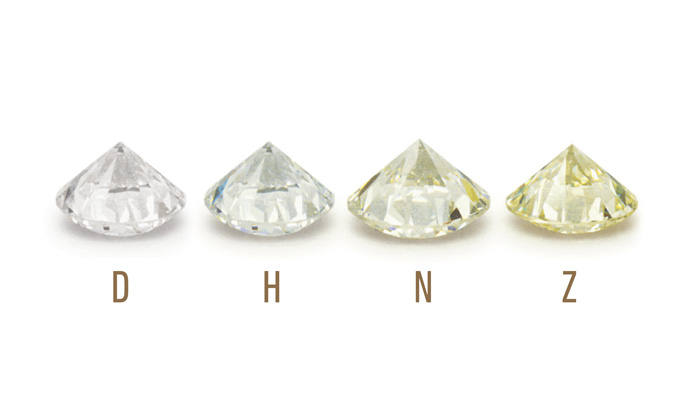
An example of diamond colour variations
Clarity
Diamonds form under extreme pressure and each diamond has it’s own unique ‘fingerprints’ known as inclusions or blemishes. An inclusion appears on the inside of a diamond and a blemish on the outside. Using these characteristics gemmologists can identify individual diamonds. Inclusions can appear either as tiny dark marks or like feathers or crystals. Broadly speaking, the fewer inclusions a diamond has the greater the value although where the inclusions are placed can also make a difference. The beauty of a diamond is linked to it’s ability to sparkle and an inclusion that affects the diamond’s ability to handle light makes more difference than one that does not.
The GIA clarity scale begins at FL (flawless) through to I3 (included). We generally use diamonds of an SI1 (slightly included) clarity or higher. Through our bespoke service we can source diamonds of a particular clarity and have them set for you.
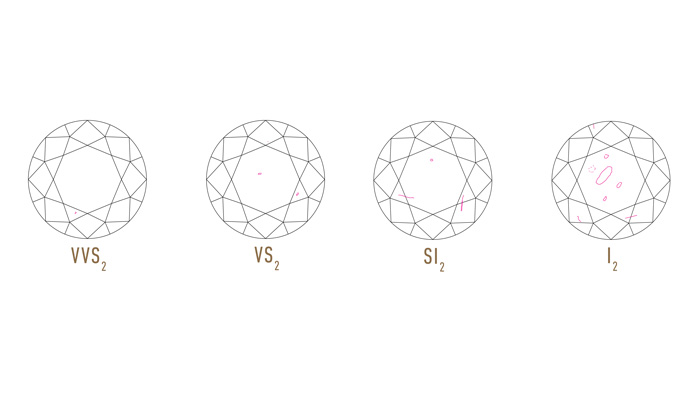
Cut
Cut is the only ‘C’ controlled by human hand. It is important to optimise each factor of the cut to create a brilliant and scintillating diamond. Not to be confused with a diamond’s shape (round, pear, marquis etc) the cut of a diamond is about how well it’s facets interact with light. A well cut diamond should bring forth it’s light and have ‘brightness’, which is internal and external white light . ‘Fire’ is when your diamond scatters white light into a beautiful rainbow. ‘Scintillation’ is the amount of sparkle a diamond produces and the pattern of light and dark areas caused by the reflections within. A well cut diamond should exhibit all of these factors.
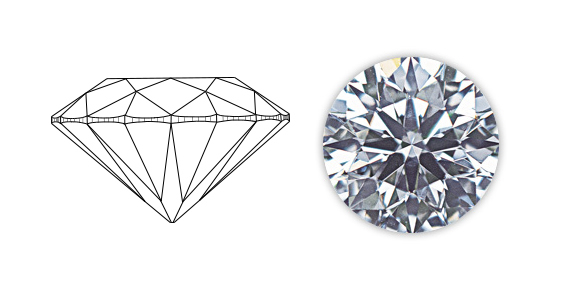
So now you know all about diamonds! Remember, the most important thing when you’re choosing your very special diamond is that you like it. We can help with any questions that you may have so feel free to get in touch. We’re very much looking forward to helping you choose your perfect diamond.
